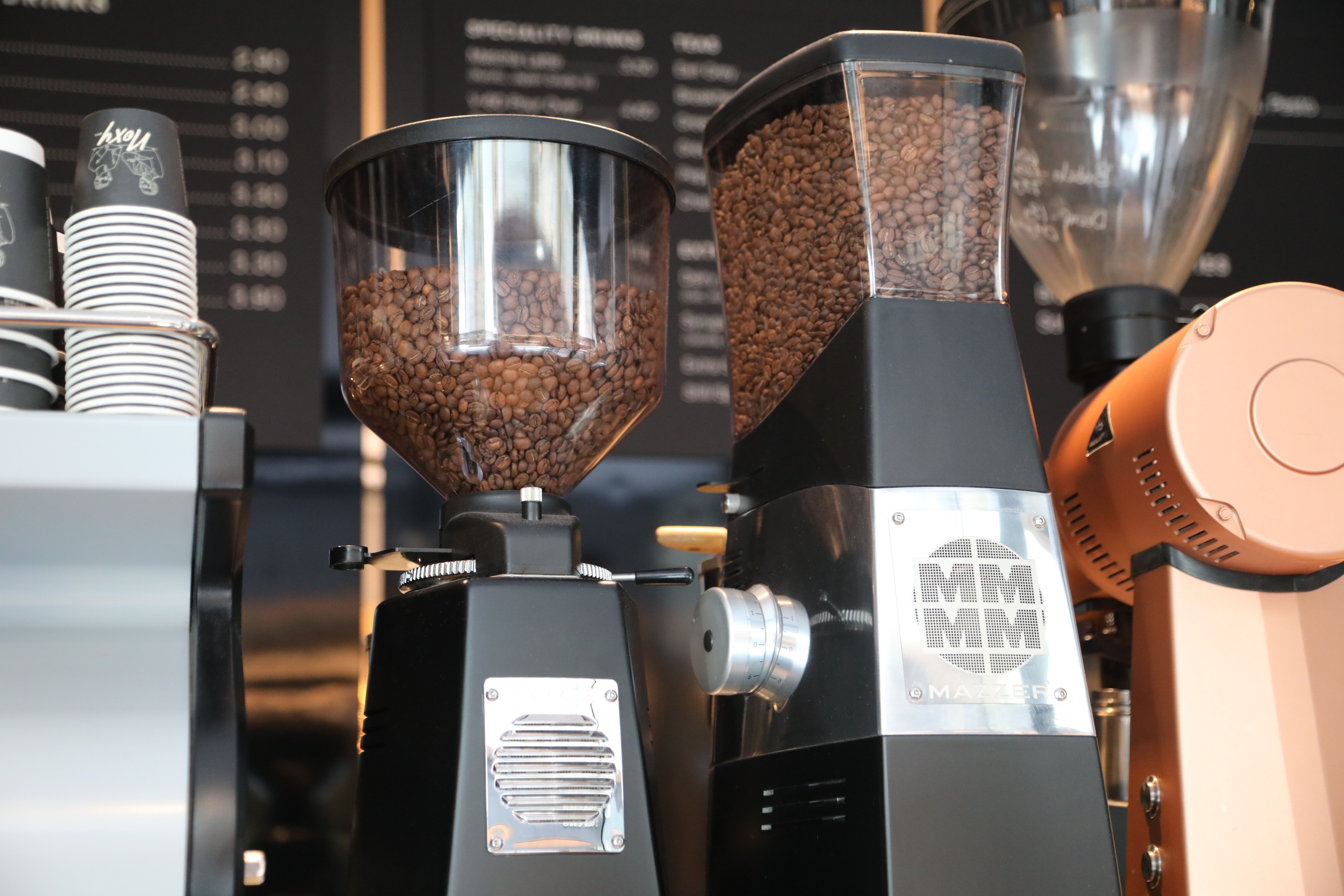Published Date January 24, 2003
Is there any difference between expensive and cheap coffee?
By Naurin Ansari
4 min read
Last update date: January 24, 2003
Coffee has become an integral part of our lives nowadays. It’s like a coffee a day keeps sleep away. Some people can’t even begin their day without coffee. 
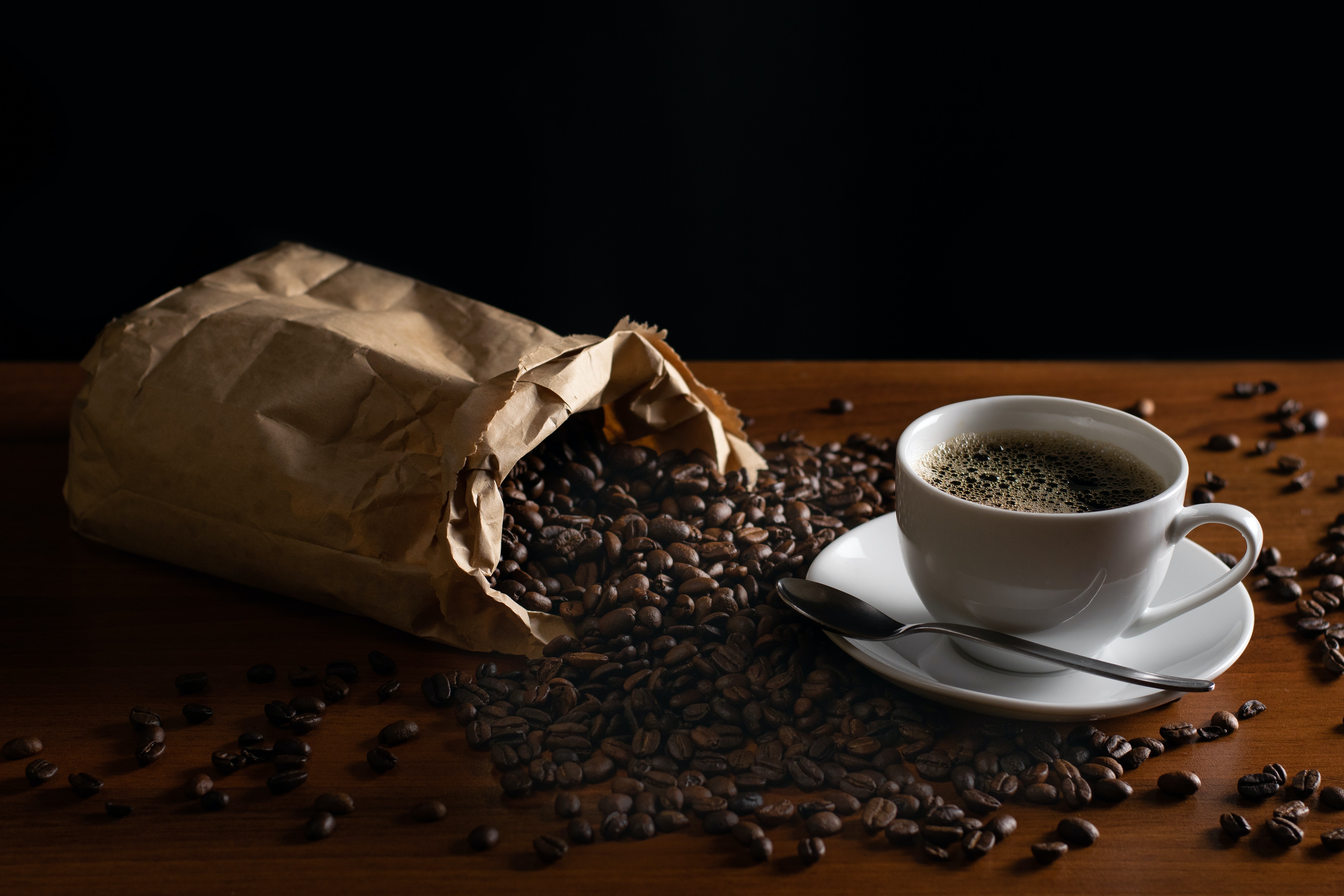
Coffee has become an integral part of our lives nowadays. It’s like a coffee a day keeps sleep away. Some people can’t even begin their day without coffee.
But have you ever thought while sipping your coffee why some coffees are as much as 10 times more expensive than others?
Ways to differentiate cheap and expensive coffee.
1. Origin of coffee:
The origin of the coffee is arguably the most important metric when we talk about its quality. According to experts, coffee from Brazil, Vietnam, Indonesia, Colombia and Ethiopia is considered the best and as a result, is probably the most expensive too.
It was estimated by Investopedia in 2019-2020 that Brazil produced around 58 million bags of coffee (each of 60 kg). This states that more than likely, most of the coffee beans you grind every morning come from Brazil.
If not from Brazil, then they might originate in Vietnam. The Investopedia article also stated that Vietnam produced 32.2 million bags of coffee between 2019-2020, each weighing 60 kg.
While Ethiopian coffee is considered among the rarest. Comparing Ethiopian and Brazilian coffee beans, you would have to likely pay more for Ethiopian coffee beans.
2. Scarcity:
Scarcity is also a crucial factor when comparing coffee beans. The rarer the coffee, the more expensive it is.
Some coffee kinds are so popular that their costs are kept low so that the supply is sufficient for the majority of people who want them.
Thus, the availability and supply also dictate whether coffee is expensive or comparatively cheaper.
3. Flavour:
When buying cheap coffee, keep in mind that the coffee beans may not grind easily or the flavour may be unpleasant.
While expensive coffee will feel smoother and will have a naturally more appealing taste.
It usually takes longer to grow coffee beans at higher altitudes than it does at lower altitudes.
The extra or more time that it takes to grow and cultivate coffee at higher altitudes makes all the difference making it more expensive than coffee that is grown on lower altitudes and hotter geographies.
How to choose the best coffee?
Below are some of the points that one should keep in mind while choosing coffee.
1. Details about the origin of the coffee:
Cheaper brands won’t mention specific details about the origin of the coffee. A label should mention a specific farm, region, or country from where the beans originate.
This will indicate that the coffee was crafted carefully and is of good quality rather than just a blend of random beans from various regions.
2.“Roasted on” date:
A "roasted on" date will typically be printed on high-quality coffees so that customers may verify its freshness. Purchase coffee that has been roasted within the last month because many believe the flavour starts to deteriorate after a month from the roasting date.
In general, it is best if the roast date is recent. Seven to ten days following the roast date, the coffee usually reaches its flavour peak.
3. Bonus information:
More details mean that the coffee was crafted with greater attention. The date the beans were gathered, the suggested brewing temperatures, the elevation at which the beans were grown, and the method of roasting the coffee are all details that may be found on a high-quality coffee label.
Since most of this information only matters to coffee lovers, you don't necessarily need to analyse it. However, just the fact that the information is there indicates quality.
4. Consider Fair Trade and Direct Trade coffee differences:
Coffee that bears both the Fair Trade Certified mark and the Rainforest Alliance certification has been grown and traded in an ethical and environmentally friendly manner.
The farmer is contacted directly to purchase direct-trade coffee. By paying the farmer directly for their coffee beans, the roaster or buyer establishes a direct link. Over time, the farmers can negotiate a reasonable price and offer a top-notch product to the buyers.
Farmers ultimately benefit more from direct trade since a larger portion of each transaction goes to them directly. Since they have far greater control over the calibre and type of coffee beans they receive, roasters also gain from this.
Direct trade coffee is a fantastic purchase for a consumer. You gain from a better-tasting, higher-quality coffee bean while ensuring that coffee growers throughout the world are fairly and honestly compensated for their labour.
5. Avoid misleading labels:
Some labels on coffee are dishonestly applied to give the impression that it is of greater quality.
Avoid purchasing coffee with the following labels since they mean very little:
1) Robusto
2) 100% Arabica
3) 100% coffee
4) Vague phrasing about the region (i.e., "roasted in the heart of Costa Rica”)
6. Amount of caffeine:
Caffeine content varies according to coffee. You should be able to determine the amount of caffeine in a coffee from the label so you can select one that is the right level for you. If you enjoy the flavour of coffee but do not want the caffeine level, you can go for decaffeinated coffee.
Typically, a cup of coffee contains 65 to 100 mg of caffeine. On this spectrum, stronger coffee would be at the upper end and milder coffees would be at the lower end.
Final thoughts
It’s not always that cheap coffee is tasteless and branded coffee is the best thing. It’s important to know how to identify the best coffee that suits you. Know where your coffee comes from before you sip your next cup of coffee.
Keep reading
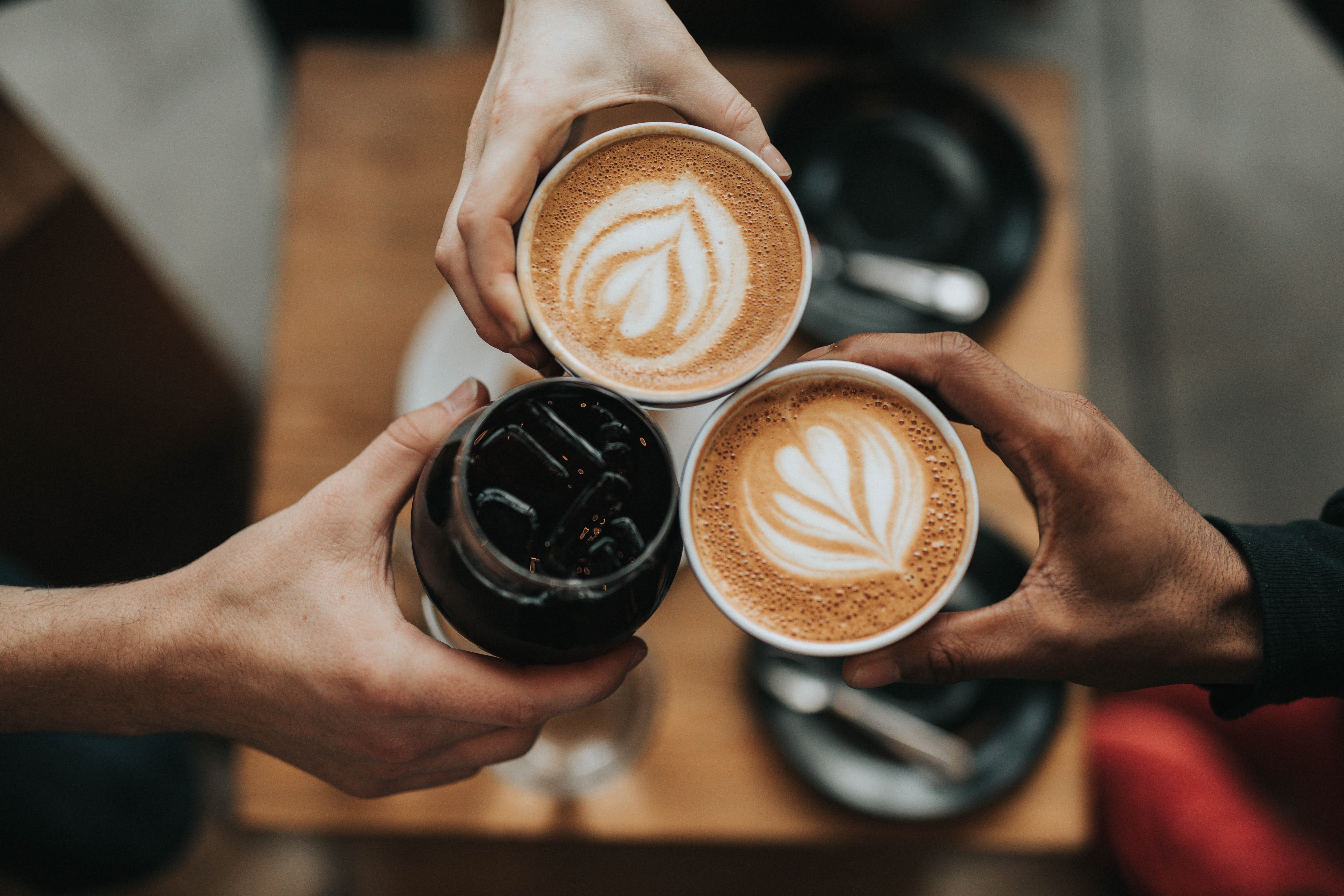
Is Coffee Dehydrating?
All about caffeine, Coffee and dehydration.
By Arpita Sudev
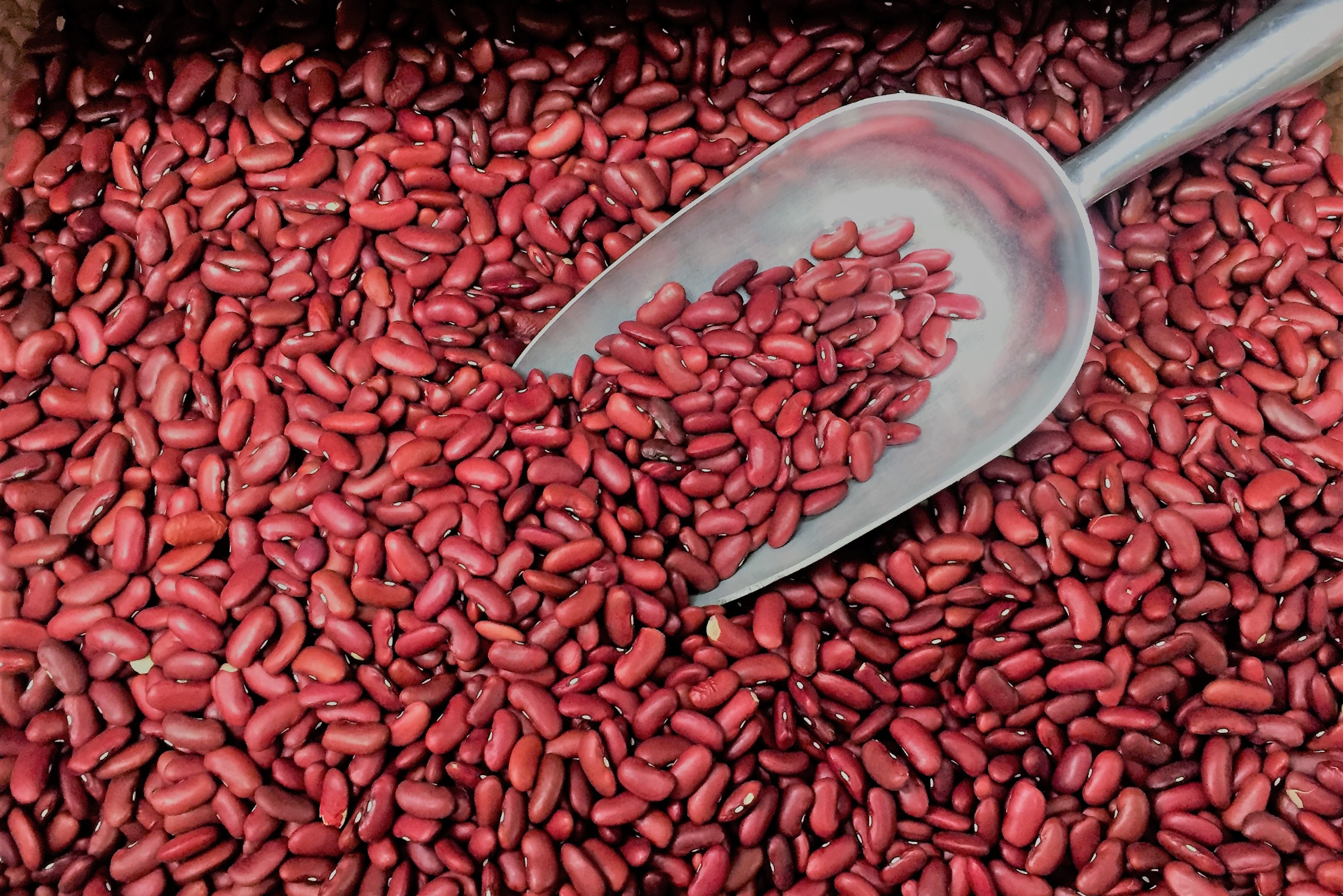
Vegetarian Protein is Underrated
All about amino acids, Oats and vegetarians protein.
By Naurin Ansari
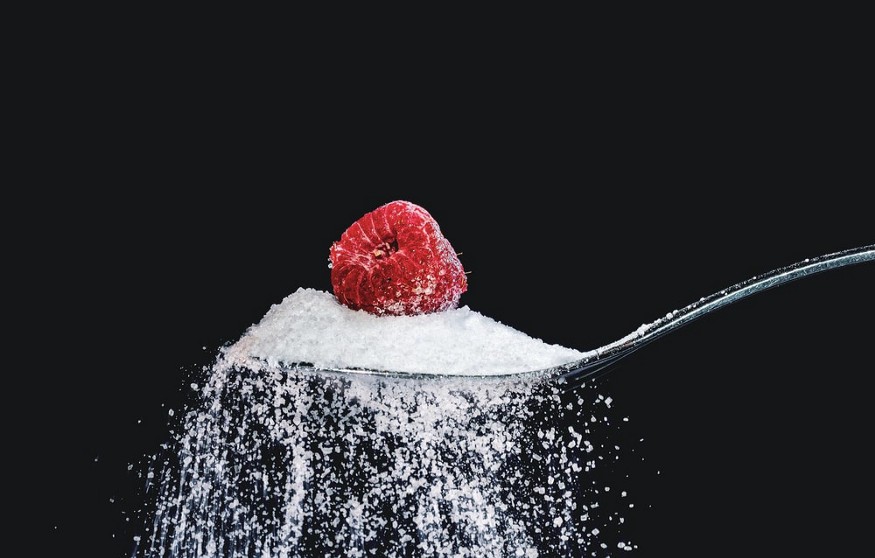
What is Diabetes Mellitus and what are its primary causes?
All about blood sugar, fatty acids and diabetes.
By Arpita Sudev
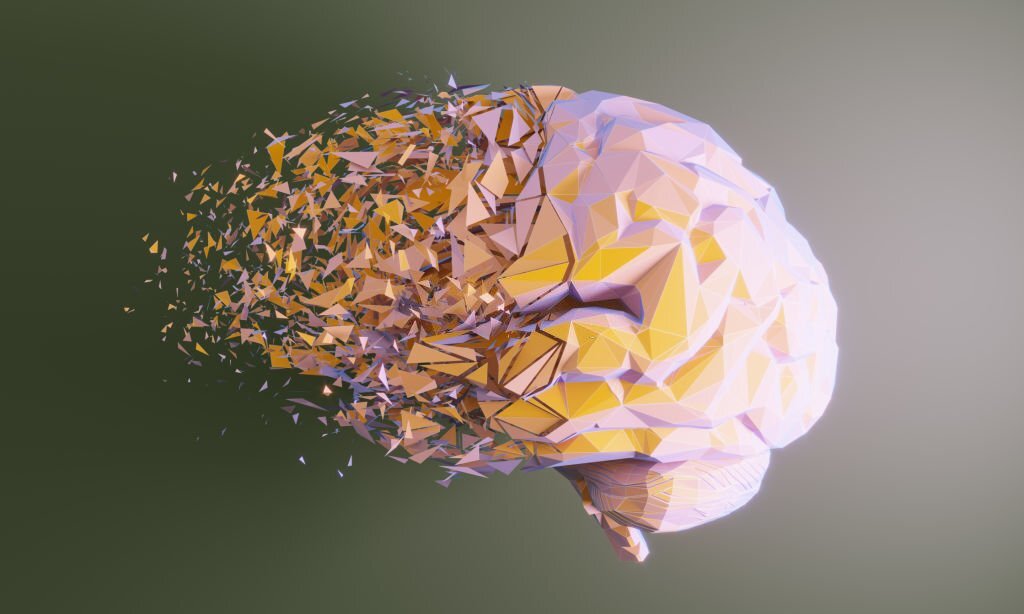
Forgetfulness is not always a disease
Alzheimer’s disease is the most familiar type of Dementia. This progressive disease usually begins with mild loss of ....
By Hetvi Shah
Choose Healthy With Us.
Know the real truth about your food. Stay informed and healthy, for free.
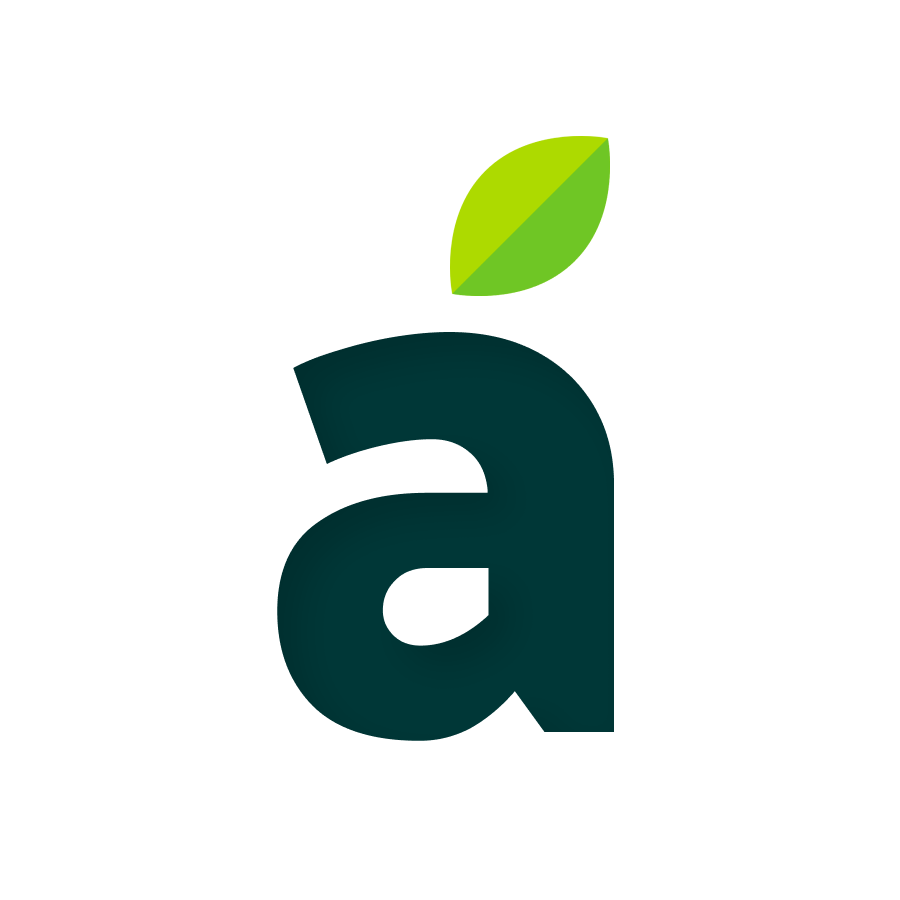
Download the App Now
Certified nutritionists trust our food recommendations. Safe to say, so can you :)






